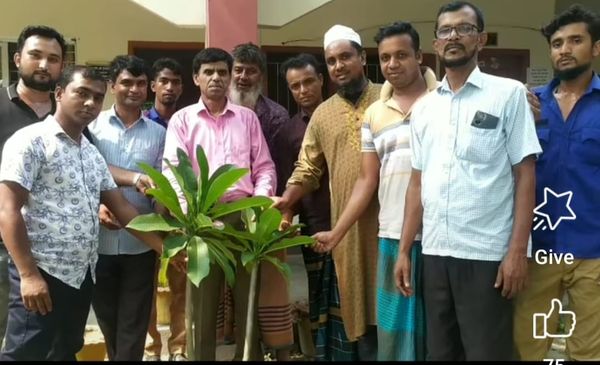-
Union related
Union introduction
Geographical and economic
Miscellaneous
-
Union Council
Union Parishad
Activities of Union Council
Village adalat
Important Information
-
Government office
Agriculture
Land
Health Services
-
Other institutions
Educational institutions
Religious Organizations
Organizations
- Projects
-
Different lists
Beneficiary list
Other lists
-
Services
UDC
National E-Service
-
Gallery
Photo gallery
Video Gallery
Family planning methods
People often want to prevent having children There is no end to human efforts to prevent unwanted childbearing Prevention of ovulation by cutting off the ovaries, cutting or tying the tube, preventing ovulation in the uterus by inserting material inside and preventing sperm with jelly, cream and diaphragm can be prevented in many ways. No matter which method you choose, it is best to consult at least one gynecologist or doctor.
Benefits and benefits of family planning
Physical gain
Reduces the death rate of girls due to maternity If you have one or two children between the ages of 20 and 30, there is almost no fear of harm to the mother It has been found that children who are usually born between the ages of 20 and 30 are more gifted
Protect mother's health
Diseases such as anemia, excessive postpartum hemorrhage, malnutrition, urinary tract infections, white discharge, cervical cancer, vascular or uterine prolapse, etc. can be effectively avoided with family planning.
Infant mortality rate decreases
In our country, the infant mortality rate under one year of age is very high But with proper contraception, a gap of at least three years between two children can greatly reduce mortality.
Protect the health of the baby
The birth of a sick child will be reduced 7 less children will be born with birth defects Children will be much healthier and more active
Economic gain
Naturally, the family will go much better Food, shelter, education, everything can be given in the way of one or two children, but not in many ways
Ideal birth control methods need to have the following benefits-
1. Will be fully effective
2. Reliable and without any side effects
3. Accepted by the public
4. Should be affordable and readily available
5. Easy to use
. The lower the health worker or hospital reliance, the better
Here are some family planning methods:
1 condom
2 birth control pills
3 intrauterine contraceptive devices
4 Norplant
5 hormone injections
Vasectomy
Ligation
Natural birth control
Planning and Implementation: Cabinet Division, A2I, BCC, DoICT and BASIS














